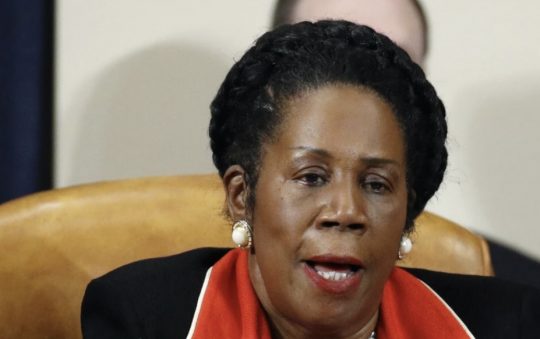
12.5 million Africans shipped during the Transatlantic Slave Trade, fewer than 388,000 arrived in the United States. In the late 15th century, the advancement of seafaring technologies created a new Atlantic that would change the world forever. As ships began connecting West Africa with Europe and the Americas, new fortunes were sought and native populations were decimated.
The native labor force dwindled; demand for plantation and mining labor grew. Transatlantic Slave Trade began; was underway from 1500-1866, shipping more than 12 million African slaves across the world. Of those slaves, only 10.7 million survived the dreaded Middle Passage. Over 400 years, the majority of slaves (4.9 million) found their way to Brazil where they suffered incredibly high mortality rates due to terrible working conditions. Brazil was also the last country to ban slavery in 1888. The United States became involved in the slave trade 200 years after it had been underway.
The majority of its 388,000 slaves arrived between 1700 and 1866, representing a much smaller percentage than most Americans realize. One in four cowboys was Black. Popular books and movies didn’t tell. It’s believed the real “Lone Ranger” was inspired by an African American man named Bass Reeves. Reeves..born a slave, escaped West during the Civil War. He lived in what was then known as Indian Territory, became a Deputy U.S. Marshal; a master of disguise, an expert marksman, had a Native American companion, and rode a silver horse. His story was not unique..In the 19th century, the Wild West drew enslaved Blacks with the hope of freedom and wages. After Civil War freedmen came West hoping for better life where the demand for skilled labor was high.
These African Americans made up at least a quarter of the legendary cowboys who lived dangerous lives hateful weather, rattlesnakes, outlaws while they slept under the stars driving cattle herds to market. There was little formal segregation in frontier towns and a great deal of personal freedom, Black cowboys were often expected to do more of the work and the roughest jobs compared to their white counterparts.
First licensed African American Female pilot: Bessie Coleman. Born in Atlanta, Texas in 1892..grew up in a world of harsh poverty, discrimination and segregation..moved to Chicago at 23 seeking her fortune; found little opportunity. Wild tales of flying exploits from returning WWI soldiers inspired her to explore aviation, but she faced a double stigma being African American and a woman.She went to France to reach her dreams and began studying French.
In 1920, Coleman crossed the ocean with her savings and financial support of Robert Abbott, one of the first African American millionaires. Over seven months, she learned to fly. In June of 1921, the Fédération Aéronautique Internationale awarded her an international pilot’s license. Celebrated upon her return to the United States, reporters turned out in droves to greet her.
[Jeanette Grattan Parker, Ph.D. Founder/Superintendent Today’s Fresh Start Charter Schools. www.todaysfreshstart.org. Teach Our Children.www.pbs.org






